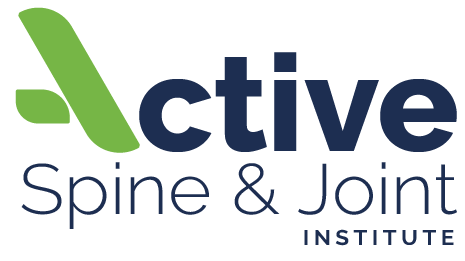Tight Hips and Low Back Pain: Understanding the Connection
Low back pain is a common problem that affects millions of people worldwide. While there are many potential causes of low back pain, one factor that is often overlooked is the role of tight hips. In this blog post, we'll explore the connection between tight hips and low back pain, and discuss some ways to alleviate this type of pain.
How Tight Hips Contribute to Low Back Pain
The hips are a complex joint that is responsible for supporting much of the body's weight and allowing for movement. When the hips are tight, they can restrict movement and cause compensatory movements in other areas of the body, including the lower back.
Tight hips can lead to an anterior pelvic tilt, which is when the pelvis rotates forward, causing the lower back to arch excessively. This can put added stress on the lower back muscles and ligaments, leading to pain and discomfort.
In addition, tight hip muscles can compress the sciatic nerve, which runs from the lower back down through the hips and legs. Compression of this nerve can cause pain, numbness, and tingling sensations in the lower back and legs, a condition commonly known as sciatica.
How to Alleviate Low Back Pain Caused by Tight Hips
Fortunately, there are several ways to alleviate low back pain caused by tight hips. Here are a few strategies that may help:
Chiropractic Care: Chiropractic care is a non-invasive, drug-free approach to treating low back pain caused by tight hips. Chiropractors use manual manipulation techniques to adjust the spine and other joints, helping to improve alignment and reduce tension in the affected area. By adjusting the hips and spine, chiropractic care can help alleviate pain and improve mobility.
Stretching: Stretching is an effective way to alleviate low back pain caused by tight hips. It can help loosen up the hip muscles, including the hip flexors, glutes, and piriformis, and improve mobility in the affected area. It's important to choose stretches that target the hip muscles, such as lunges, hip flexor stretches, and seated piriformis stretches. Stretching should be done regularly, ideally on a daily basis, to help maintain flexibility and reduce tension in the affected area.
Physical Activity: Physical activity is an important component of any treatment plan for low back pain caused by tight hips. Regular physical activity, such as walking, cycling, or swimming, can help improve overall fitness and reduce tension in the affected area. It's important to choose activities that are low-impact and gentle on the joints, especially if individuals are experiencing pain or discomfort.
Strengthening Exercises: Exercises that focus on strengthening the glutes and core muscles can help improve overall stability and reduce compensatory movements in the lower back.
Heat Therapy: Heat therapy, such as using a heating pad or taking a warm bath, can help alleviate low back pain caused by tight hips. Heat can help relax the muscles and increase blood flow to the affected area, promoting healing and reducing pain.
Massage Therapy: Massage therapy can help alleviate low back pain caused by tight hips by relaxing the muscles and reducing tension in the affected area. Massage therapy can also help improve circulation, which can promote healing and reduce pain.
Regenerative therapy: Regenerative therapy is a rapidly growing field that involves using the body's own healing mechanisms to repair and regenerate damaged tissues. In the case of low back pain caused by tight hips, regenerative therapy techniques such as platelet-rich plasma (PRP) therapy, PulseWave Therapy, or Cold Laser Therapy, be used to promote healing and reduce inflammation in the affected area.
Low back pain caused by tight hips can be a frustrating and debilitating problem. Fortunately, there are many treatment options available to help alleviate pain and improve mobility. It's important to work with a qualified healthcare provider to develop a comprehensive treatment plan that addresses the underlying cause of the pain and meets the individual's specific needs.
